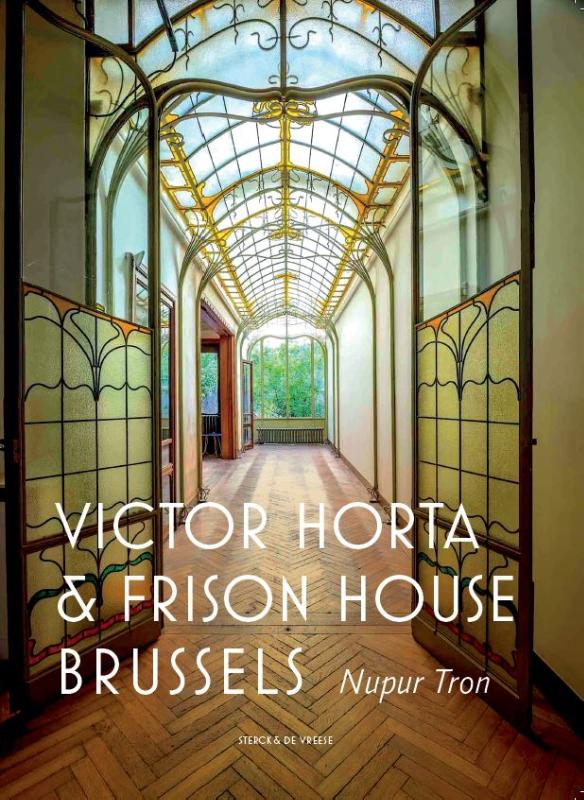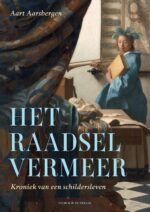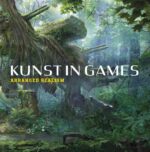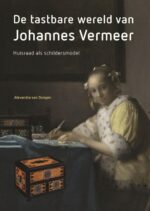Victor Horta and the Frison House in Brussels
€ 19,90
In the middle of the Lebeaustraat in Brussels, sandwiched between neo-Renaissance and neo-Gothic houses, stands an Art Nouveau jewel designed by Victor Horta: the Frison House. It was
commissioned by Maurice Frison, a lawyer and friend of the architect, and was built in 1894-1895. Horta designed not only the house, but also all its furniture and decoration, right down to the smallest detail: from door handles to marble fireplaces, from mosaic floors to elegant banisters, from wall lamps to the gratings for the cellar openings. The absolute eyecatcher is the winter garden, whose elegant design allows soft yellow light to flow subtly into its perfectly proportioned space.
Nupur Tron is the author of this book and owner of the house. In recent years, she has breathed new life back into Horta’s masterpiece. She pieced together bits of the old chandeliers she found in one of the cellars. She had items of furniture designed by Horta lovingly restored. With great passion, she continues to search for the funds that will allow her to restore the entire house to its former glory, one step at a time.
Horta and the Frison House in Brussels is an ode to the architect and his creation.
Nupur Tron is from India. She studied Design, Marketing & Merchandising and Fine Arts at the Fashion Institute of Technology in New York. She designs jewellery, in which the different styles of east and west meet in harmony.
Gerelateerde boeken
-
-
-
Kunst in Games
€ 19,95In de bijna onbeperkte mogelijkheden om ‘uit te beelden’, historische werkelijkheden digitaal te verwezenlijken en fantasie om te zetten in werelden die zich hyperrealistisch voordoen, loopt de game voorop. Beter dan welke andere discipline ook is zij in staat mensen te betrekken en werelden te laten ervaren waarin werkelijkheid en fantasie, waarheid en fictie in elkaar vervloeien.
Games komen tot stand dankzij de bijdragen van honderden specialisten uit verschillende vakgebieden. Tezamen hebben zij de laatste decennia de game in technologisch maar ook beelden opzicht naar een uitzonderlijk hoog niveau weten te tillen.
Het boek ‘Kunst in Games’ blikt terug op vijftig jaar innovatie, maar schenkt vooral aandacht aan laatste ontwikkelingen en aan het werk van een toonaangevende kunstenaars binnen de game industrie.
-




